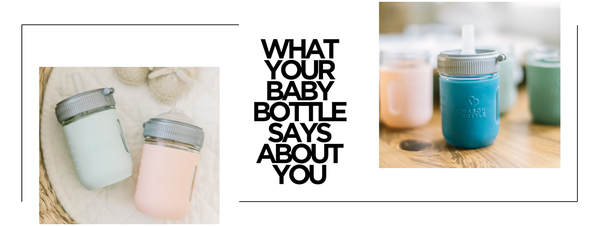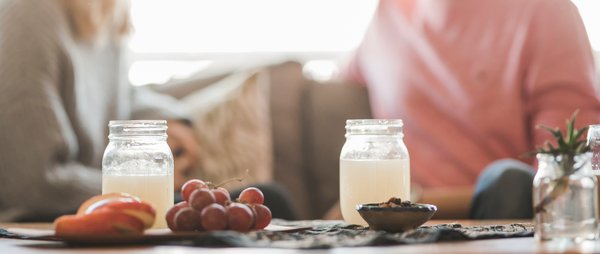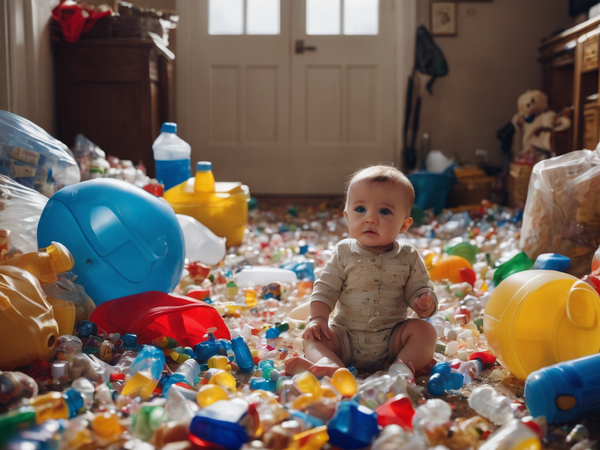

The kitchen is the epicenter of our home, and what goes on in there is a reflection of our values. When Laura launched Mason Bottle almost a year ago, her work motivated me to take a deeper look at how I could make this room a safer and healthier space for our family. The kitchen is where we spend countless hours of the day. We cook, clean, and cook again. There are weekend breakfasts, family dinners, and all of the water play, crafting, and potion-making that goes hand in hand with life with a baby and a toddler.
I used plastic all of the time. Plastic bottles, and plastic sippy cups. Plastic storage was dwindling, but a few odd containers remained. Like many moms, I shopped for baby goods at Target and trusted that BPA free meant safe. “Green” stores were special occasions and required a special budget. I had two kids 16 months apart, and so as I made changes, those changes leaned towards more sustainable choices, but I was hesitant to throw away products that still worked. In thinking about making environmentally strong choices, that catch-22 often exists. How do I make the switch without increasing waste?
But, mounting evidence shows that the new chemicals that have replaced BPA are still not safe. Chemicals in plastic continue to mimic estrogen. BPA free plastic is not guaranteed safe plastic, and plastic is never a good choice for the environment.Thus, I committed to making some deliberate changes in a cost effective way.
My daughter is an avid fan of the tv show Special Agent Oso. She has learned how to skip, pump her legs on the swing, and separate recyclables with his trademark “three special steps.” I did a simple transition following some special steps of my own:
Step 1: Remove It. All plastic that touches food poses a potential danger. Move it out of the kitchen.
Step 2: Re-purpose It. While I won’t be buying new plastic, I hate to contribute to the landfill. So, we use old plastic bottles to feed baby dolls. We use old cups and plates to “wash dishes” in the bathtub. We use them as water cups when we paint, and we fill the bigger tubs with rice and beans for sensory play.
Step 3: Replace It. Here’s where Laura and her ubiquitous mason jars come in to play. Mason jars are cheap. I bought several sizes and mouth widths for under $20. They are available at big box chains, and online. They are also in thrift shops, and at garage sales. Amassing a collection of glass storage is quick, reduces waste, and, most importantly, my pantry is prettier ☺. So, into the jar goes the breast milk. The soup stock. The leftover pasta, composed salads, and smoothies.
Now, my kitchen really reflects my values.
P.S. Whether you're a foodie or a gluten-free baker, check out the The Kitchn for tons of useful tips for mason jar storage and mason jar recipes.





0 comments